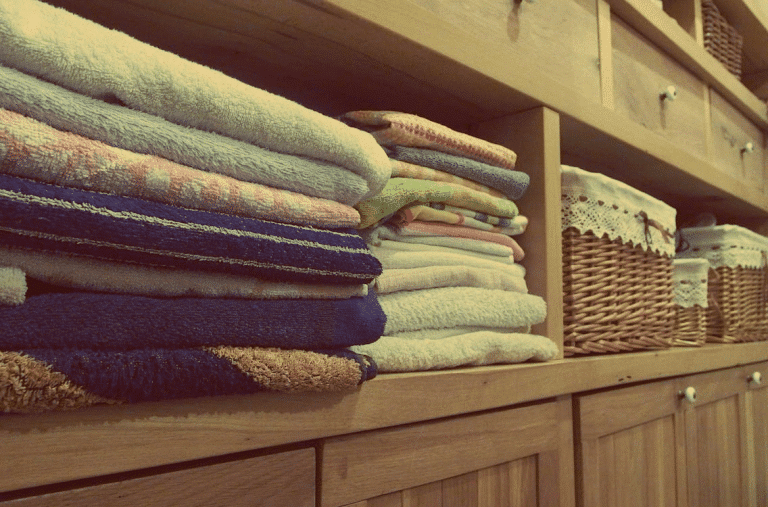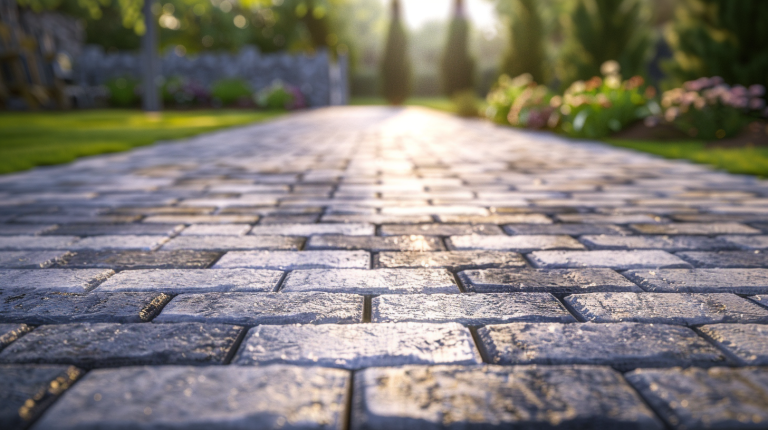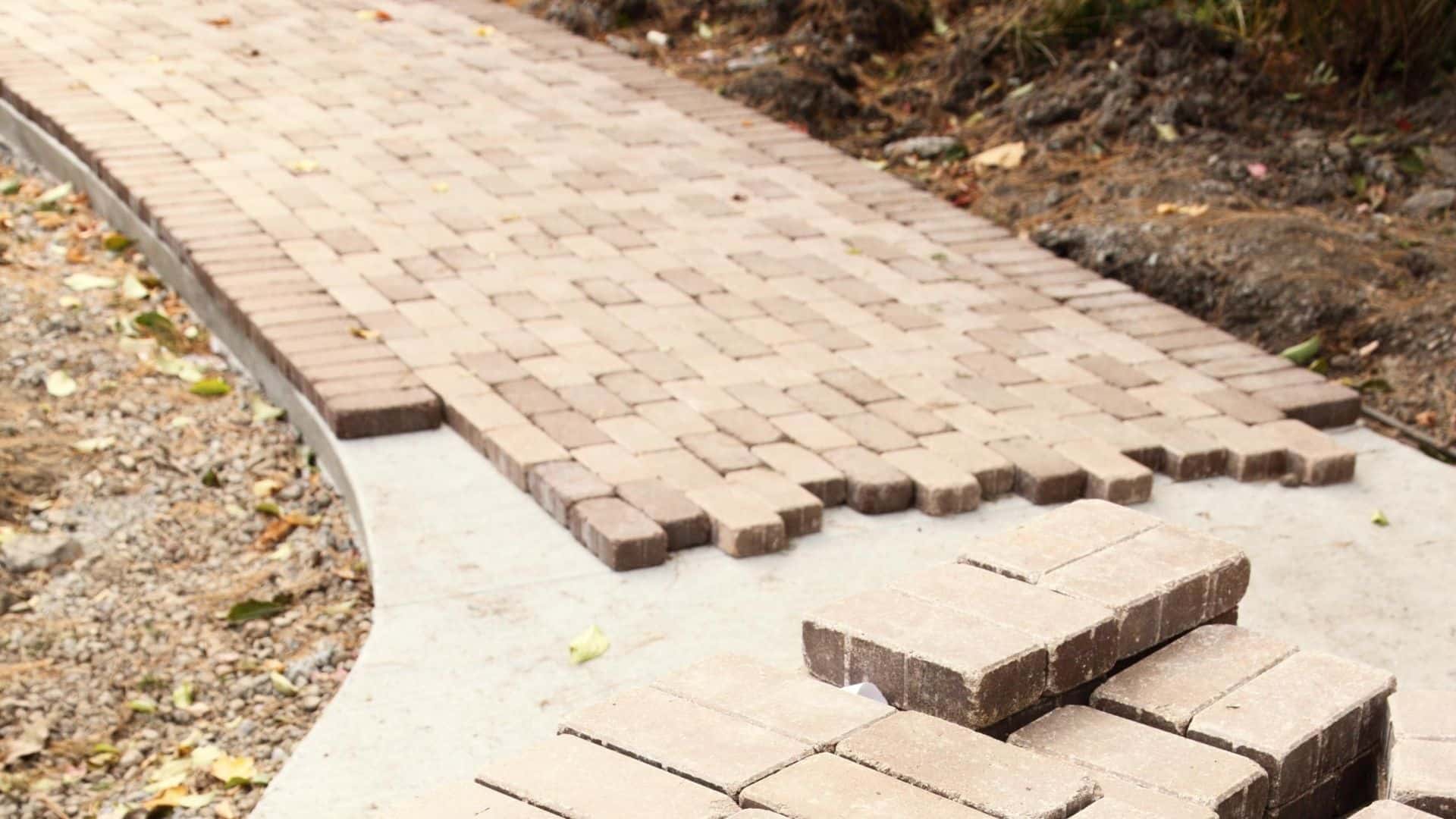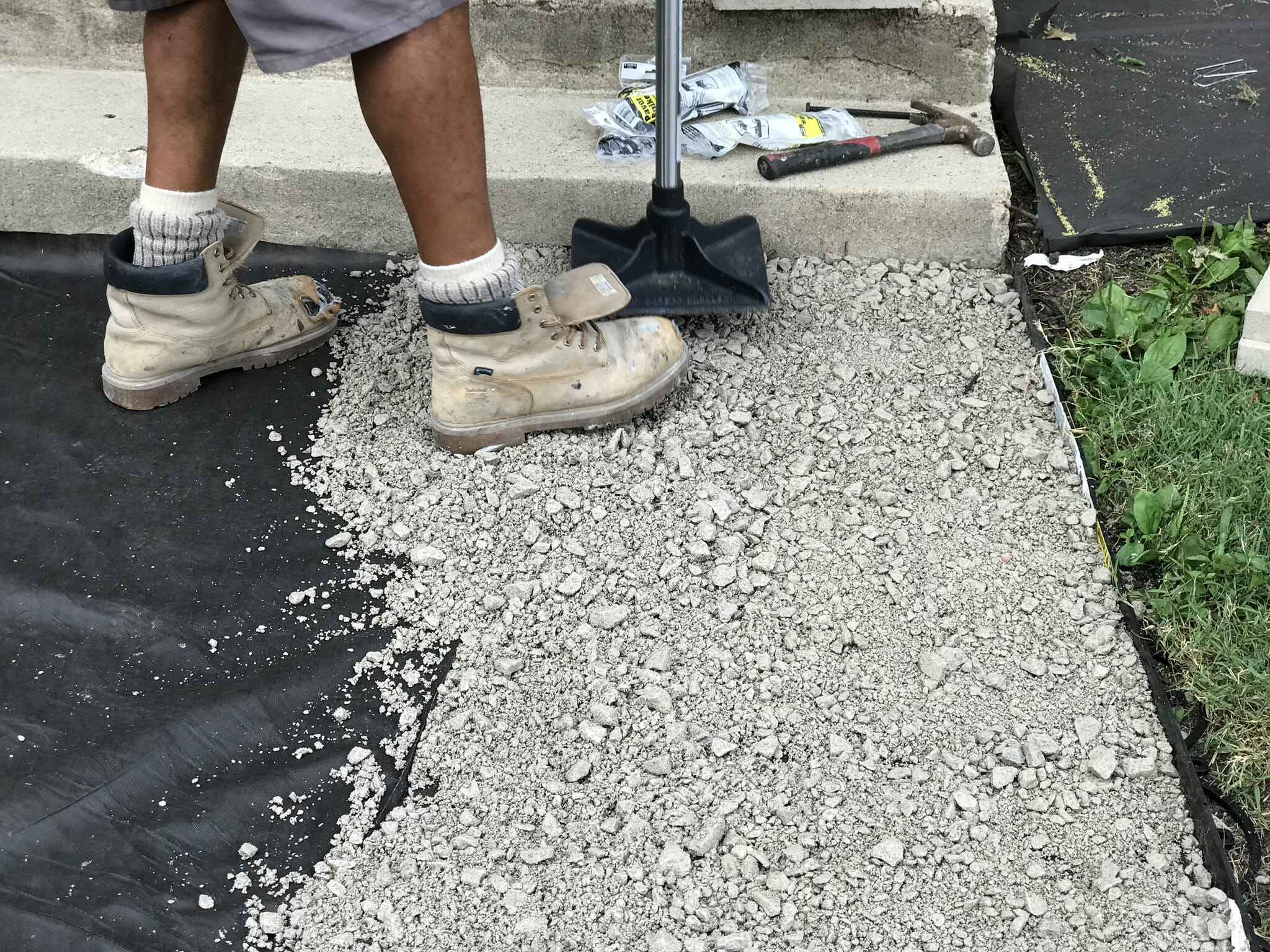Redesigning your salon can significantly enhance client appeal and revitalise your business. A thoughtfully designed salon environment not only attracts more customers but also boosts employee morale and reflects your brand’s identity.
Here’s a comprehensive insight into how you can achieve an effective salon redesign.
1. Understand Your Brand and Audience
Before embarking on any changes, it’s essential to have a clear understanding of your brand and the clientele you aim to attract. Are you catering to a luxury market, or are you more of a family-friendly, community salon?
Your design should mirror the expectations and preferences of your target audience. For instance, a high-end salon might focus on sleek, minimalist designs with luxurious touches, while a more casual salon might opt for a warm, inviting atmosphere.
2. Maximise the Use of Space
Efficient use of space is crucial in creating an appealing salon environment. The layout should facilitate smooth flow and movement, minimising clutter and maximising functionality.
Consider the placement of each station to ensure privacy and comfort while maintaining an open, airy feel. Storage should be strategic and aesthetically pleasing, reducing visual noise and keeping the focus on the styling areas.
3. Focus on Less Obvious Spaces Like Bathrooms
Bathrooms, often overlooked in salon redesigns, play a significant role in enhancing client satisfaction and reinforcing your brand image. A well-designed bathroom can leave a lasting impression, highlighting your commitment to quality and comfort.
When redesigning your salon’s bathroom, consider investing in high-quality, stylish fixtures such as sinks, taps, mirrors, and lighting to project luxury and cleanliness.
Ensure the design aligns with your salon’s overall aesthetic, using similar colours, materials, and design elements when choosing your bathroom tiles to create a cohesive look that strengthens your brand identity.
Small details like luxurious hand soaps, high-quality towels, and ambient additions such as plants or scented diffusers can elevate the experience.
4. Lighting is Key
Lighting plays a pivotal role in the ambiance of your salon. It affects how your clients see themselves and the colours you work with. Natural lighting is ideal, so if possible, incorporate large windows.
However, ensure there is sufficient task lighting at each station. Consider different lighting scenarios that can be adjusted throughout the day and for different services, enhancing both functionality and mood.
5. Choose the Right Colour Palette
Colours can influence mood and perception, so choosing the right palette for your salon is important. Neutral colours tend to induce a sense of calm and are often used in spas and salons.
However, adding vibrant accents can enliven the space and make it more inviting. Make sure the colours align with your brand and create the desired atmosphere.
6. Invest in Comfortable and Stylish Furniture
Furniture should not only be stylish but also comfortable and functional. Clients spend a significant amount of time in your chairs, so ensure these are ergonomically designed. The reception area should be welcoming and comfortable, with ample seating for waiting clients.
Consider furniture that compliments your overall design theme while being durable and easy to clean.
7. Incorporate Technology
Modern salons are increasingly incorporating technology to enhance the customer experience. From online booking systems to digital portfolios on tablets, technology can streamline operations and keep clients engaged.
Digital displays can also be used to showcase hairstyles, products, or special promotions.
8. Add Personal Touches
Personal touches can make your salon stand out. Whether it’s local artwork, a signature scent, or a unique beverage menu, these elements make the experience memorable for clients. They reflect the personality of the salon and create a connection between your brand and the clients.
9. Regular Updates
Finally, keep your design fresh and up-to-date. Regular updates or seasonal decorations can keep the environment lively and engaging for repeat customers. This shows that you value your business’s appearance and are committed to providing a pleasant, contemporary setting for your services.
By focusing on these aspects, you can create a salon space that not only draws new clients but also retains existing ones, making it a go-to destination in your community.

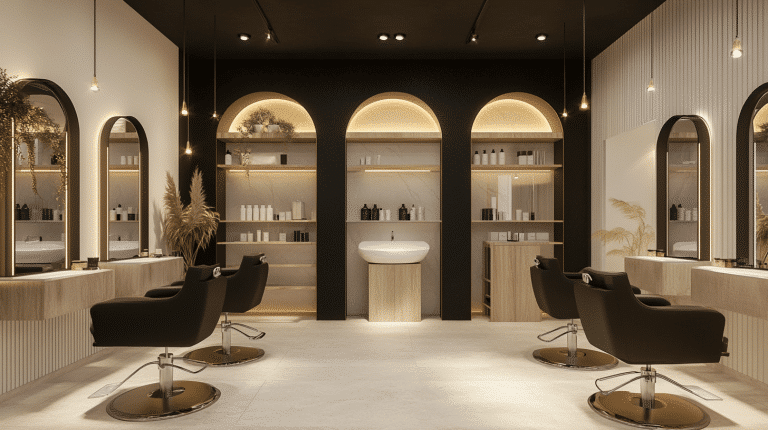

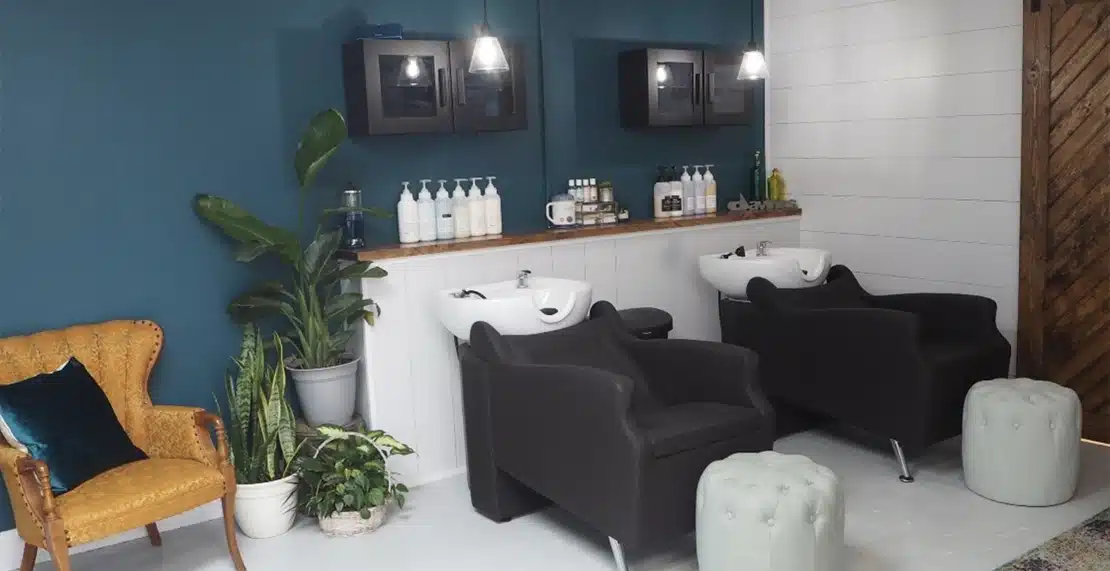
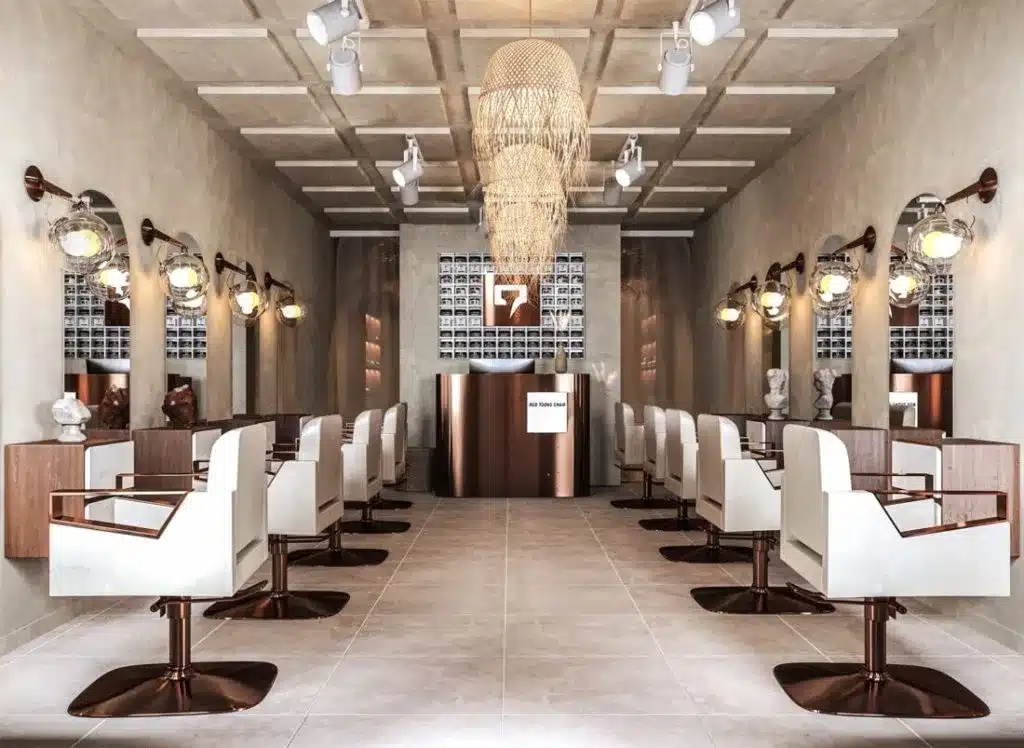
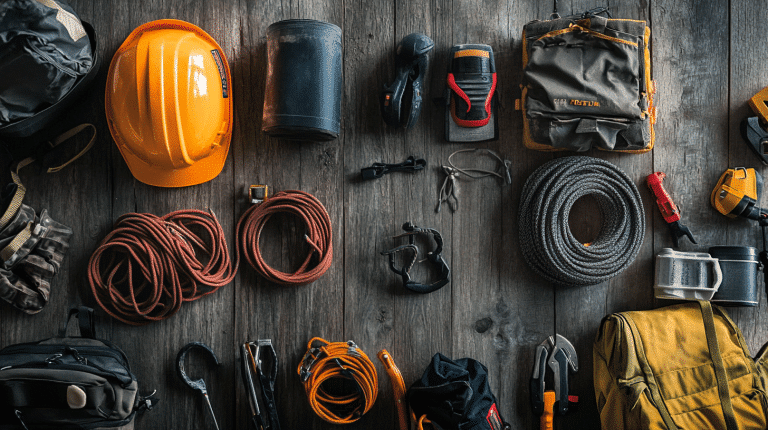
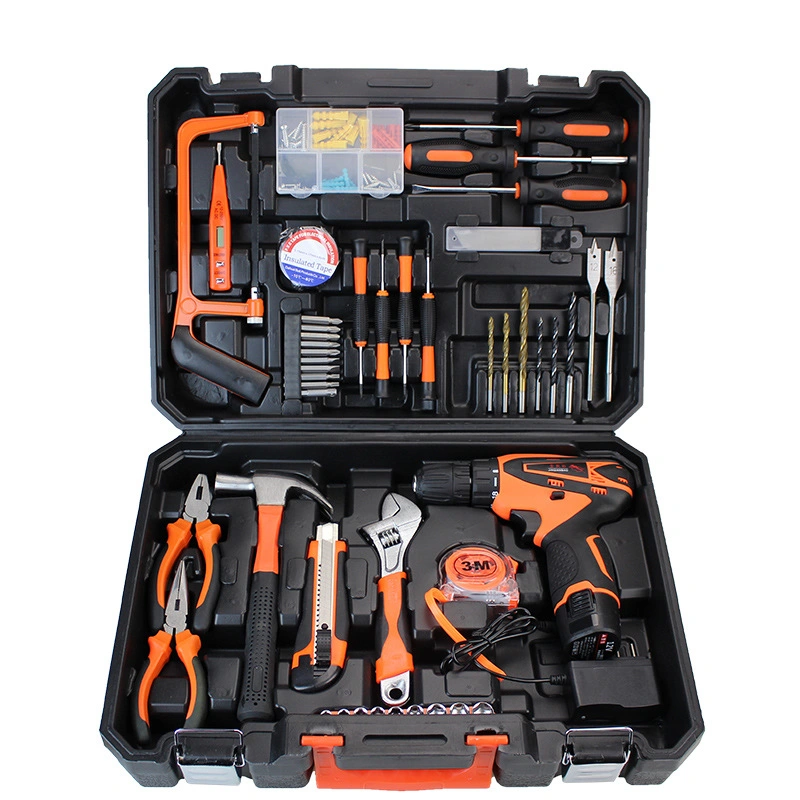
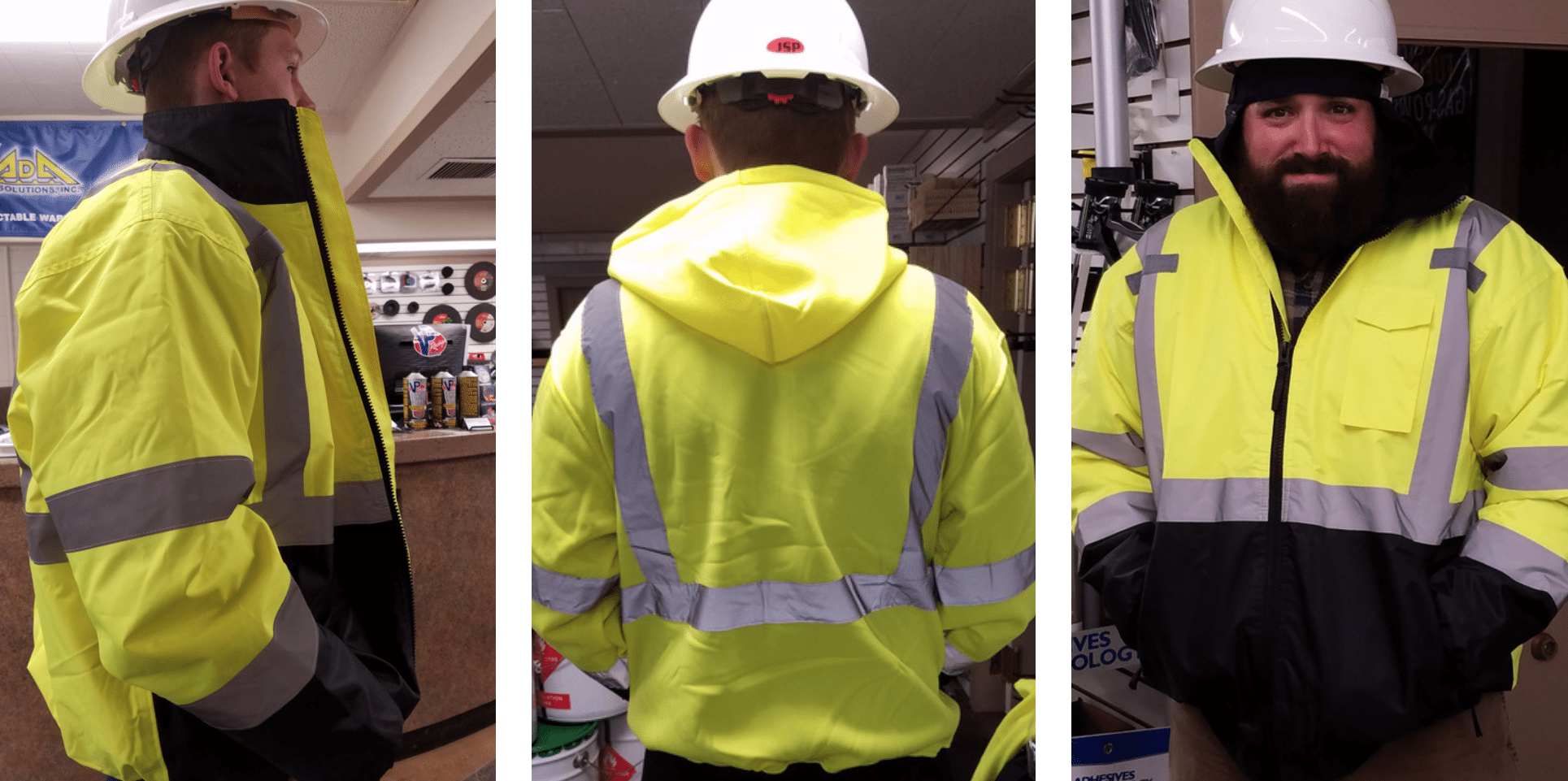

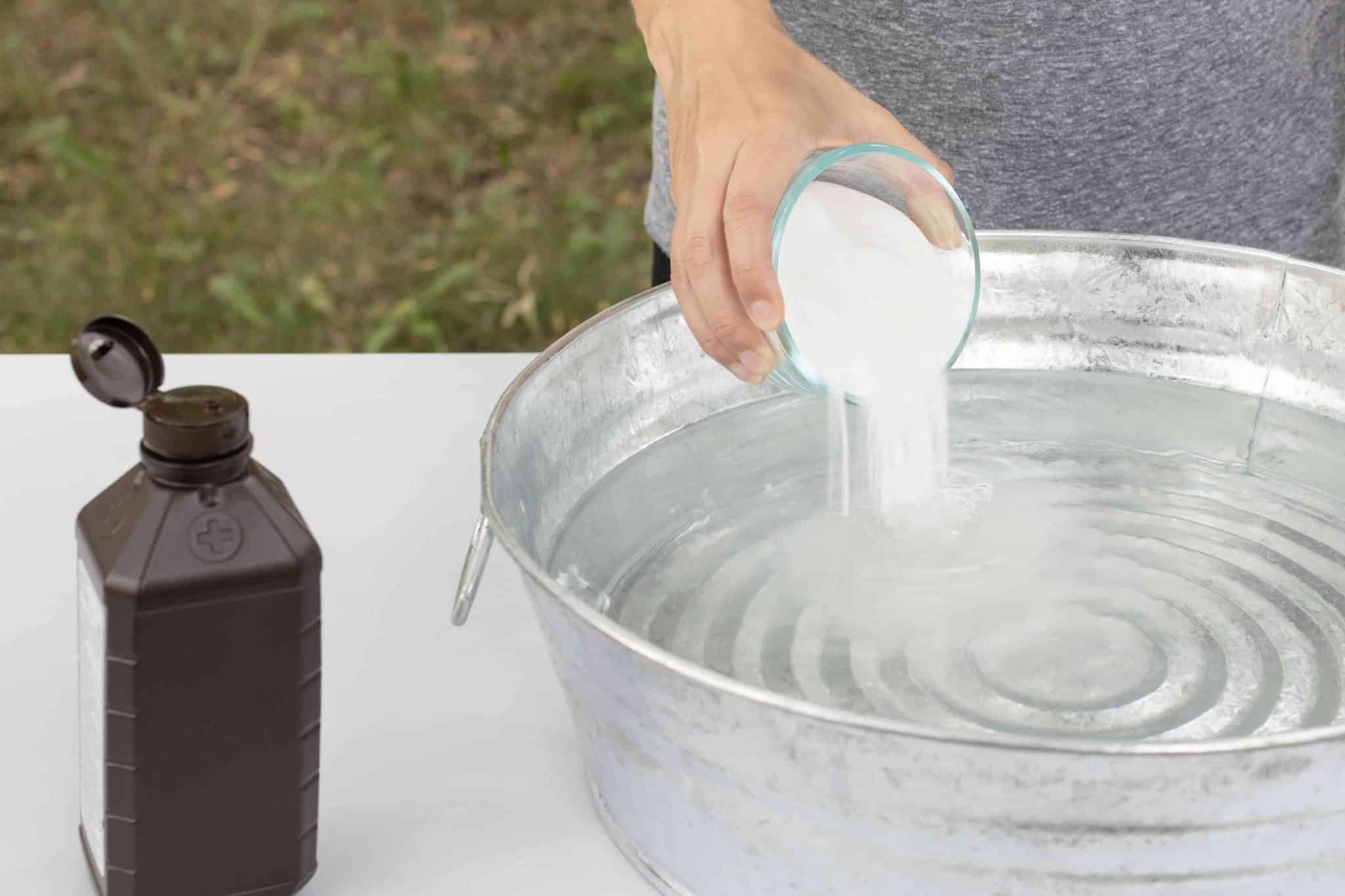
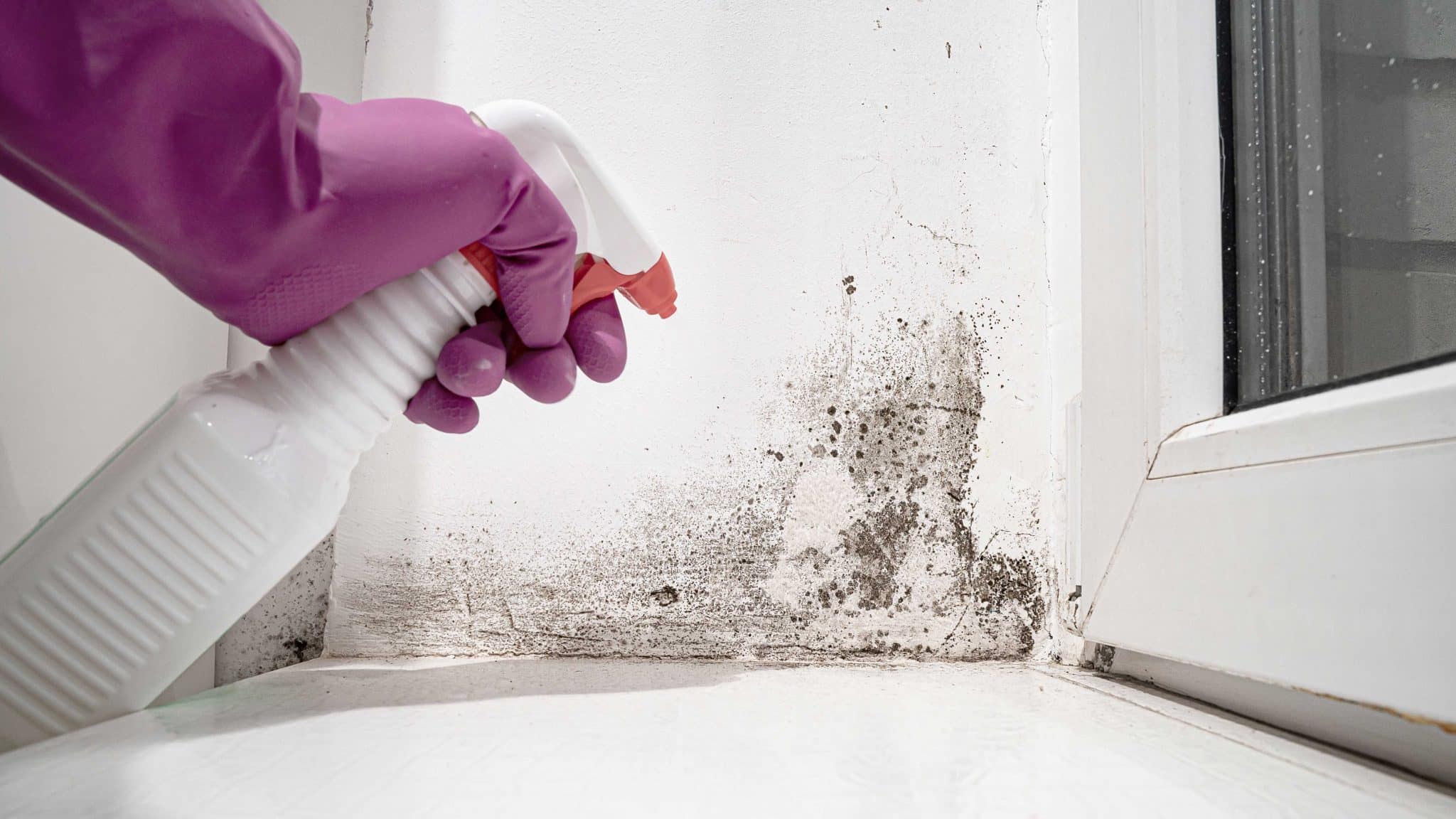
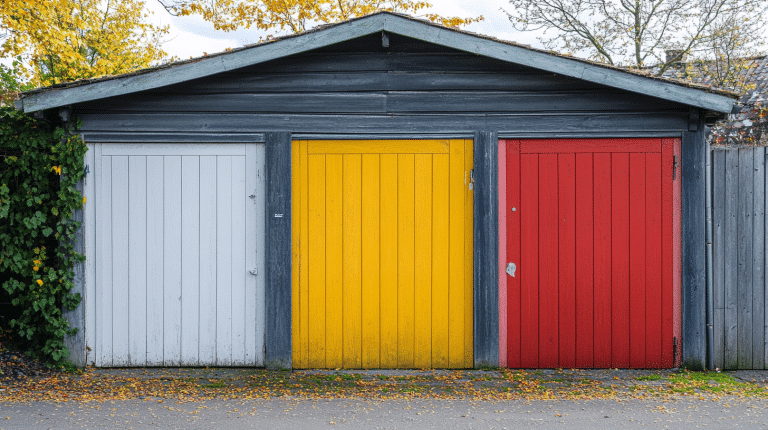
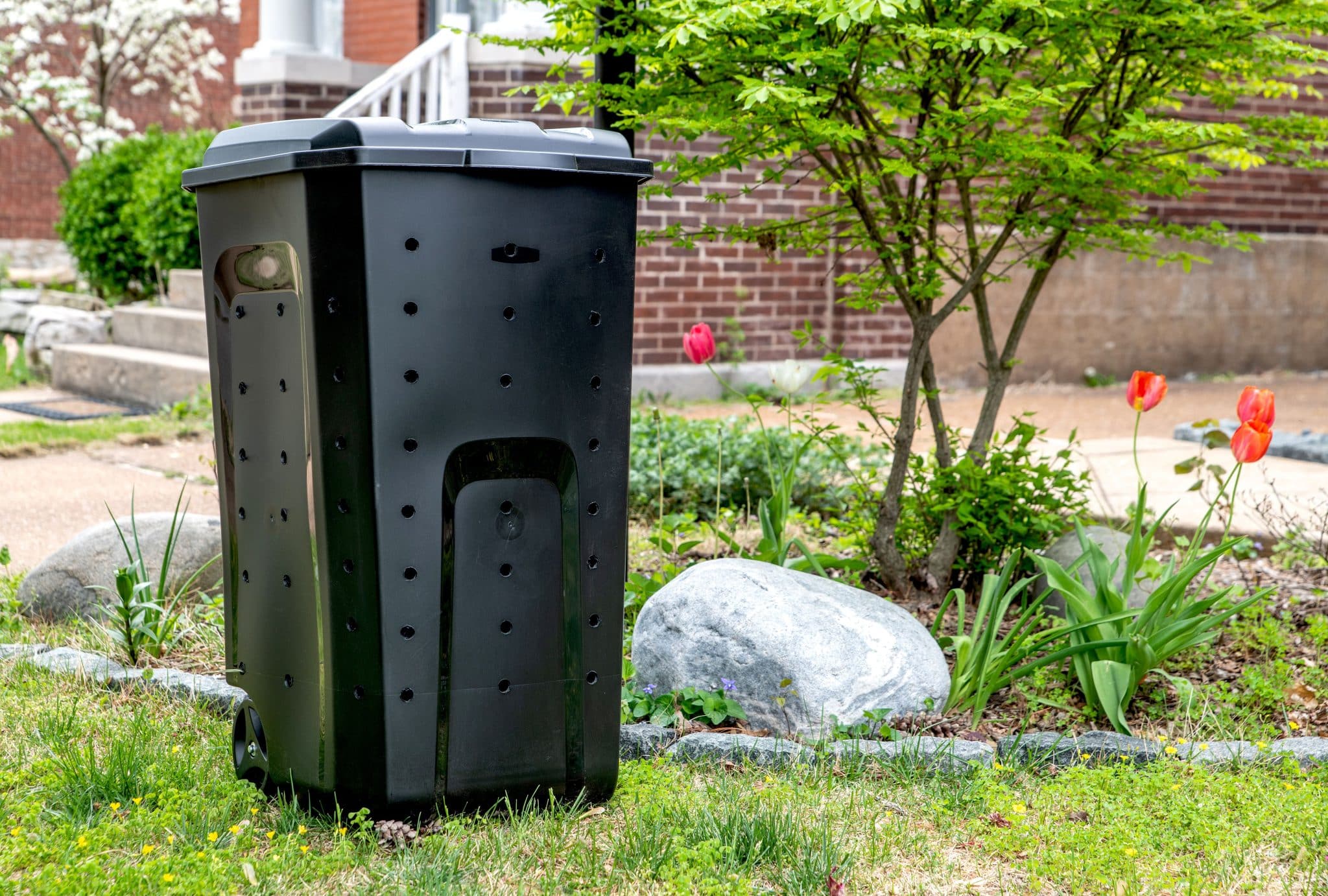
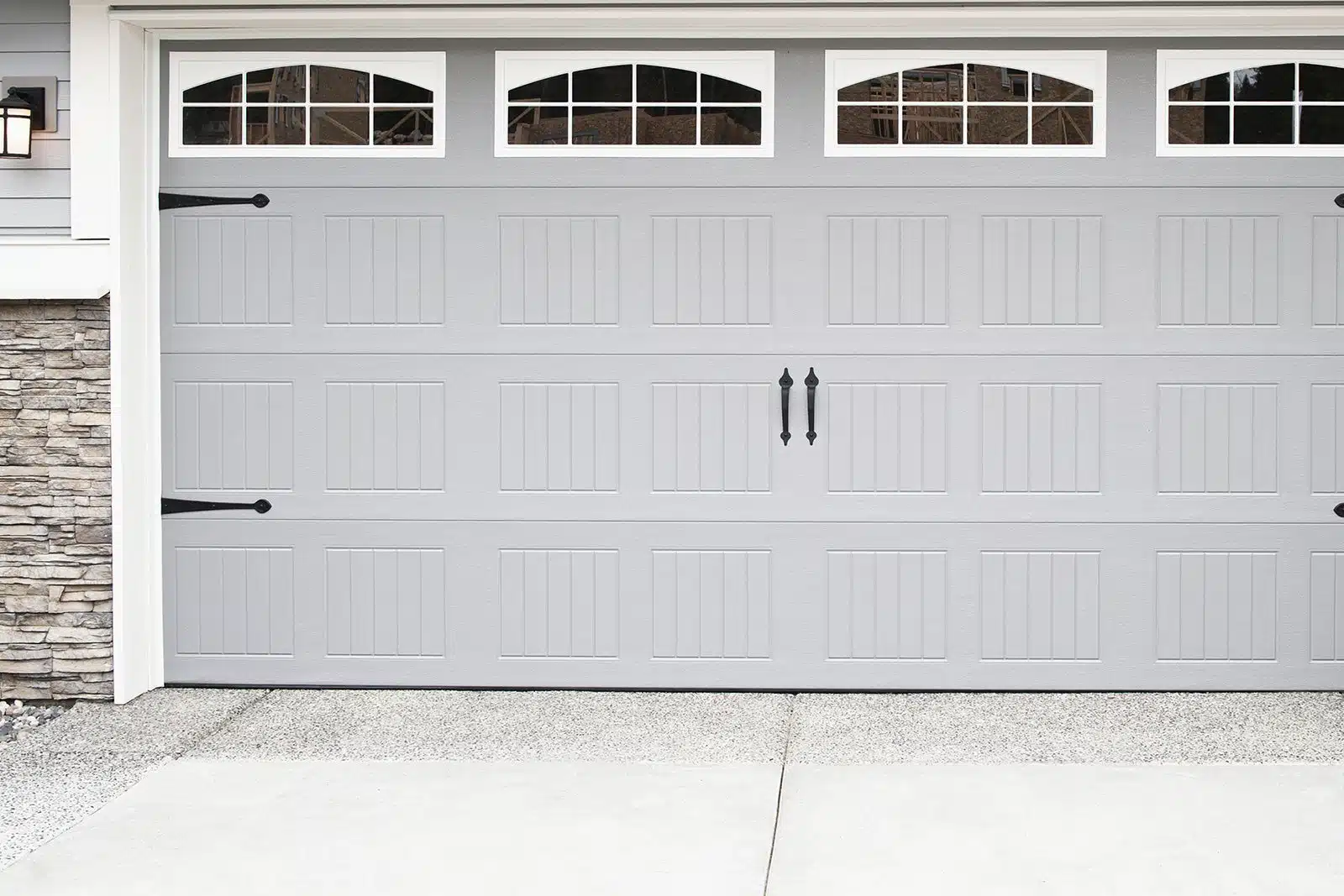
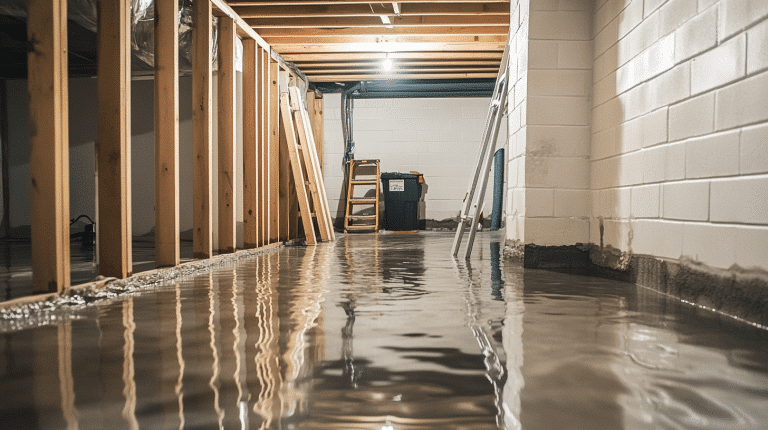
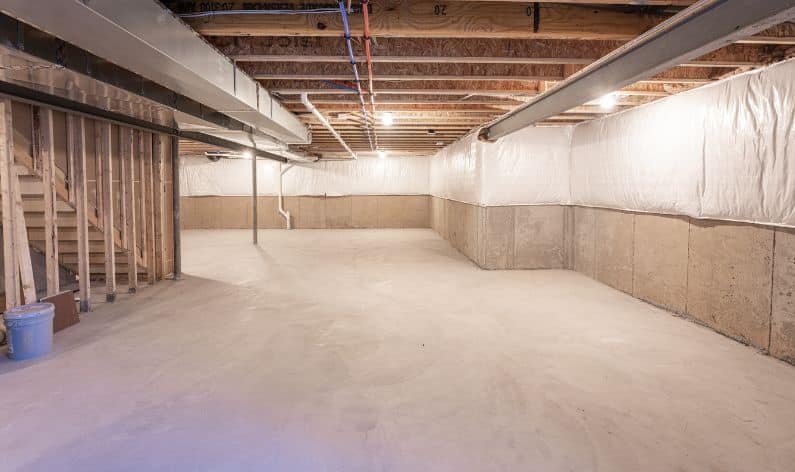
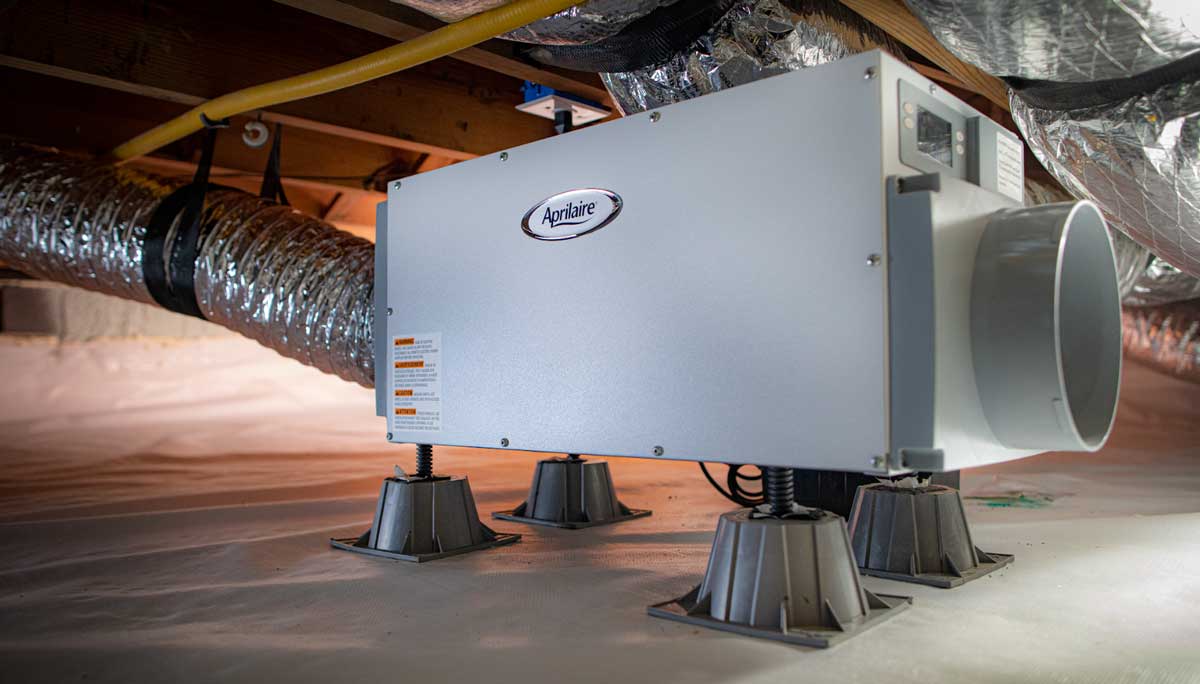
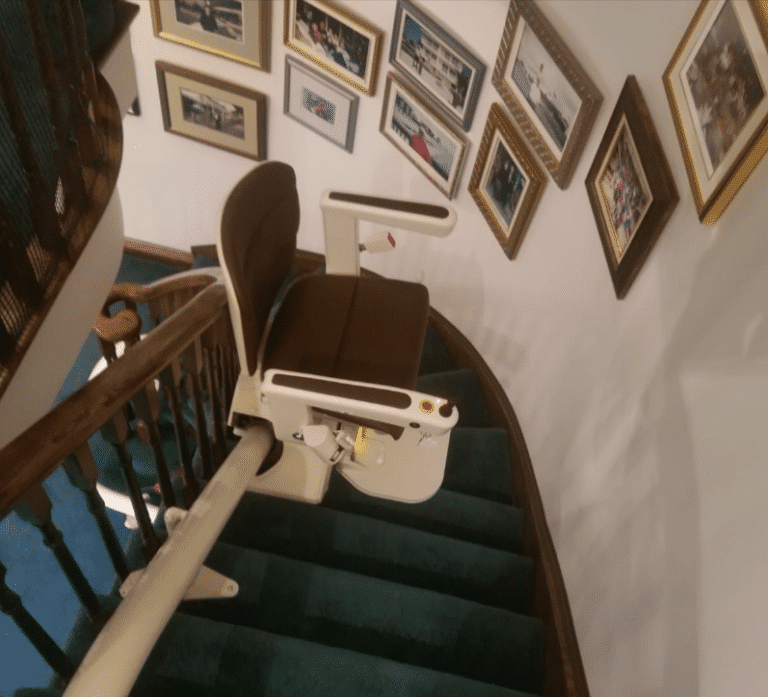
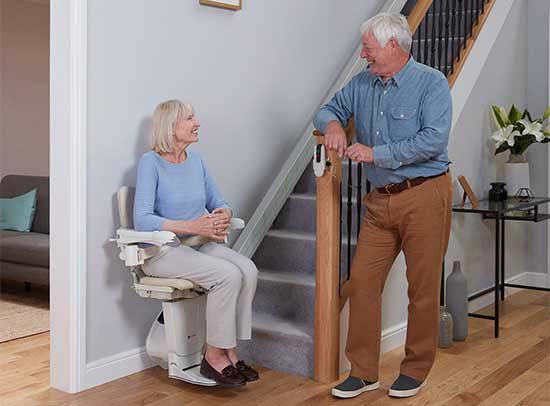
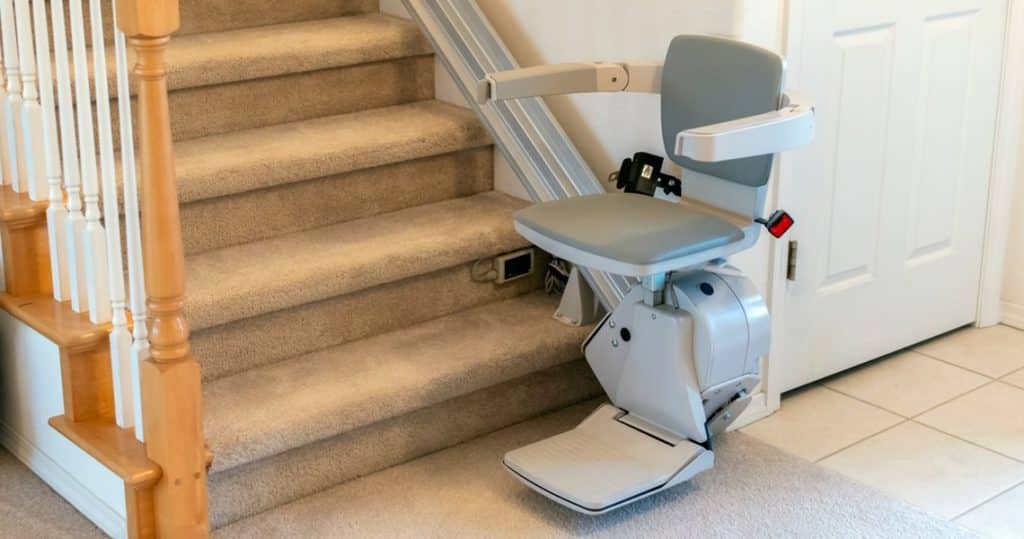
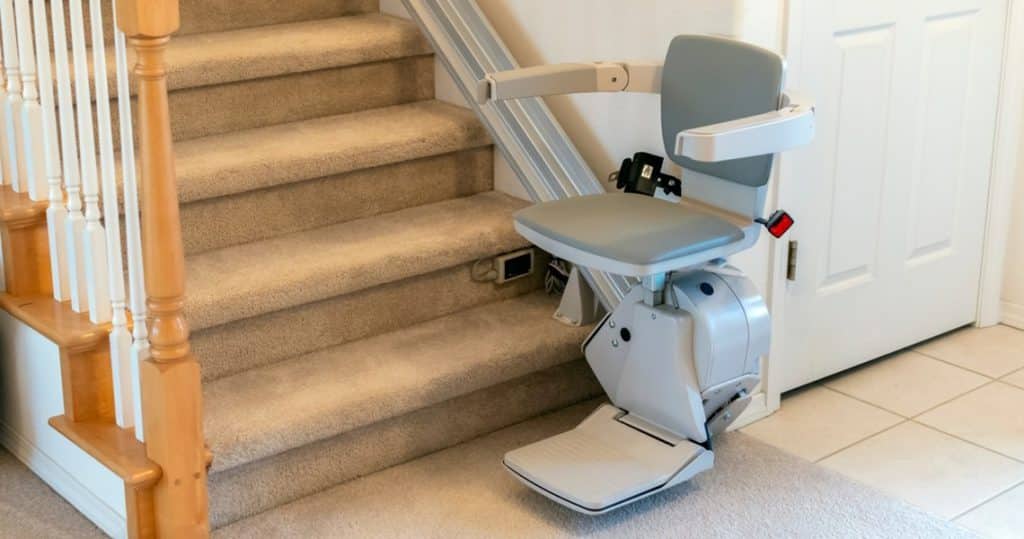
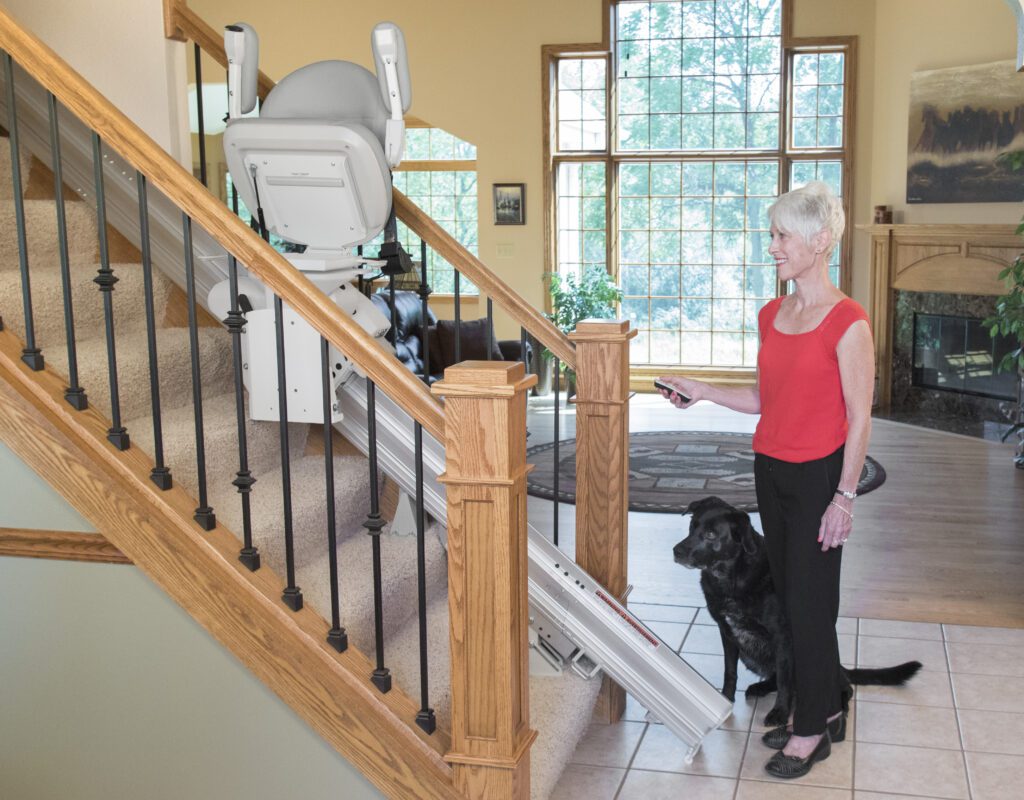

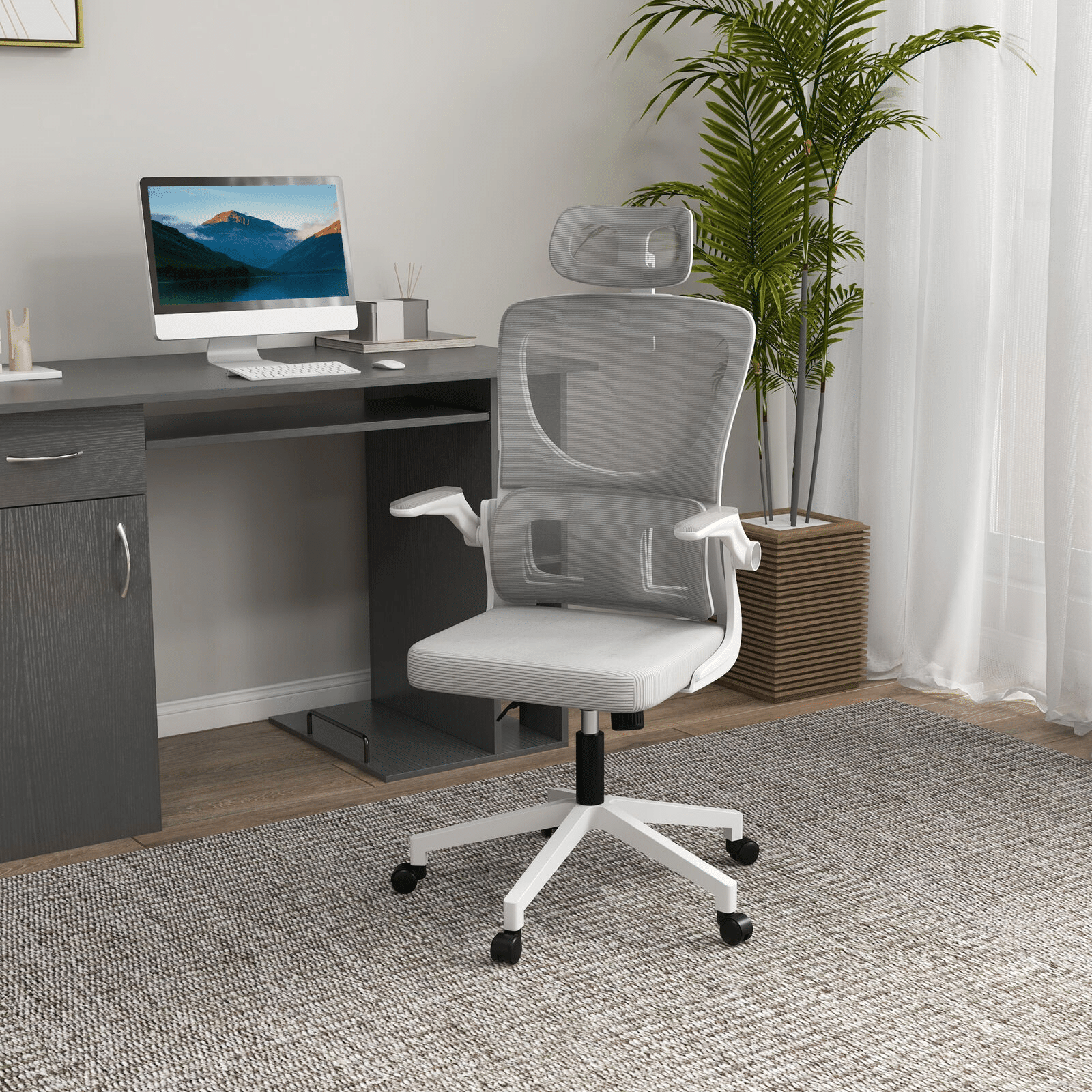
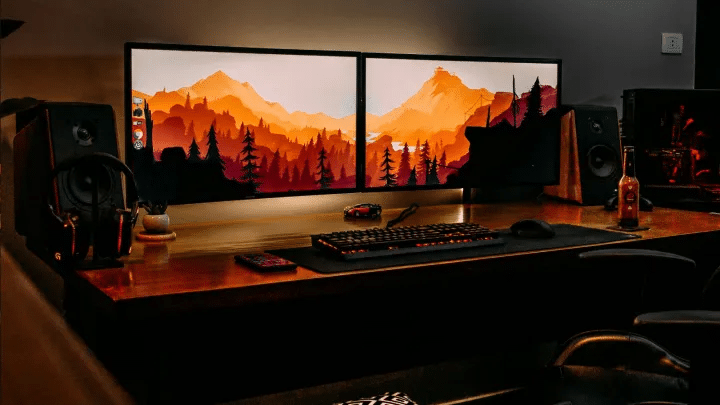
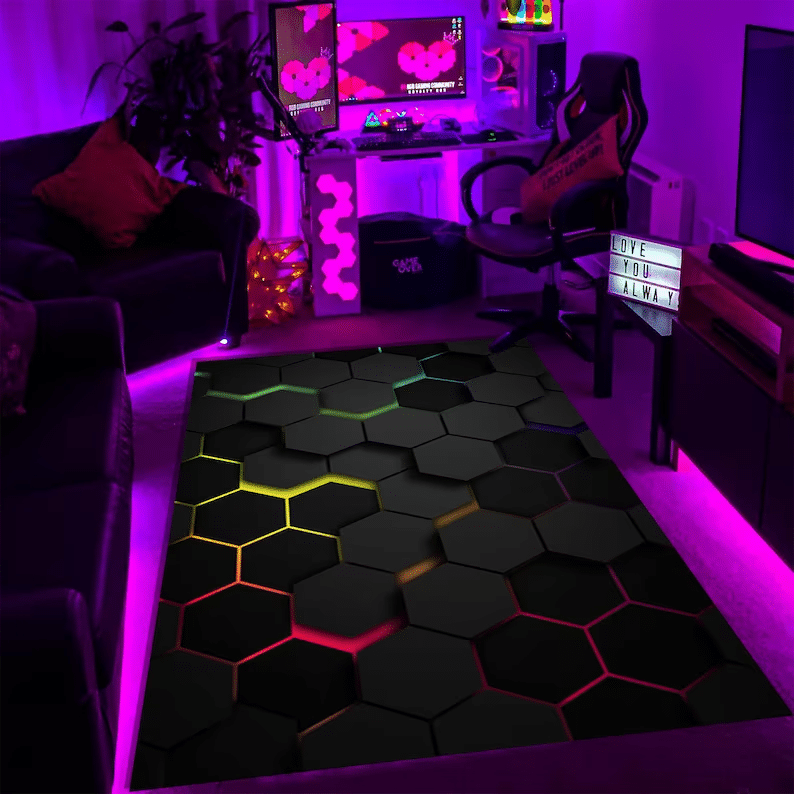
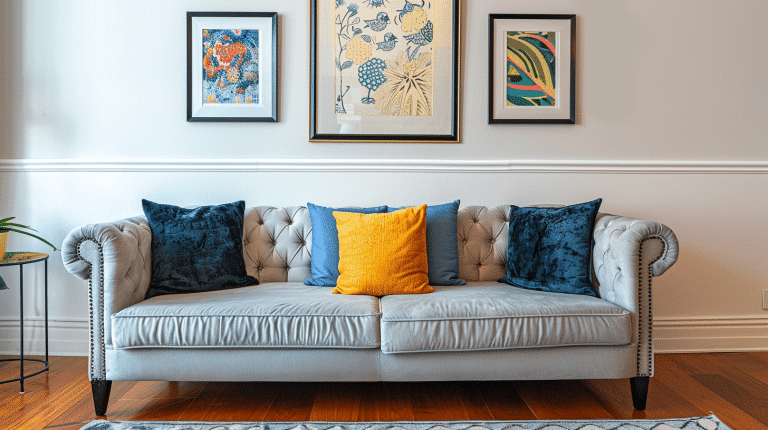

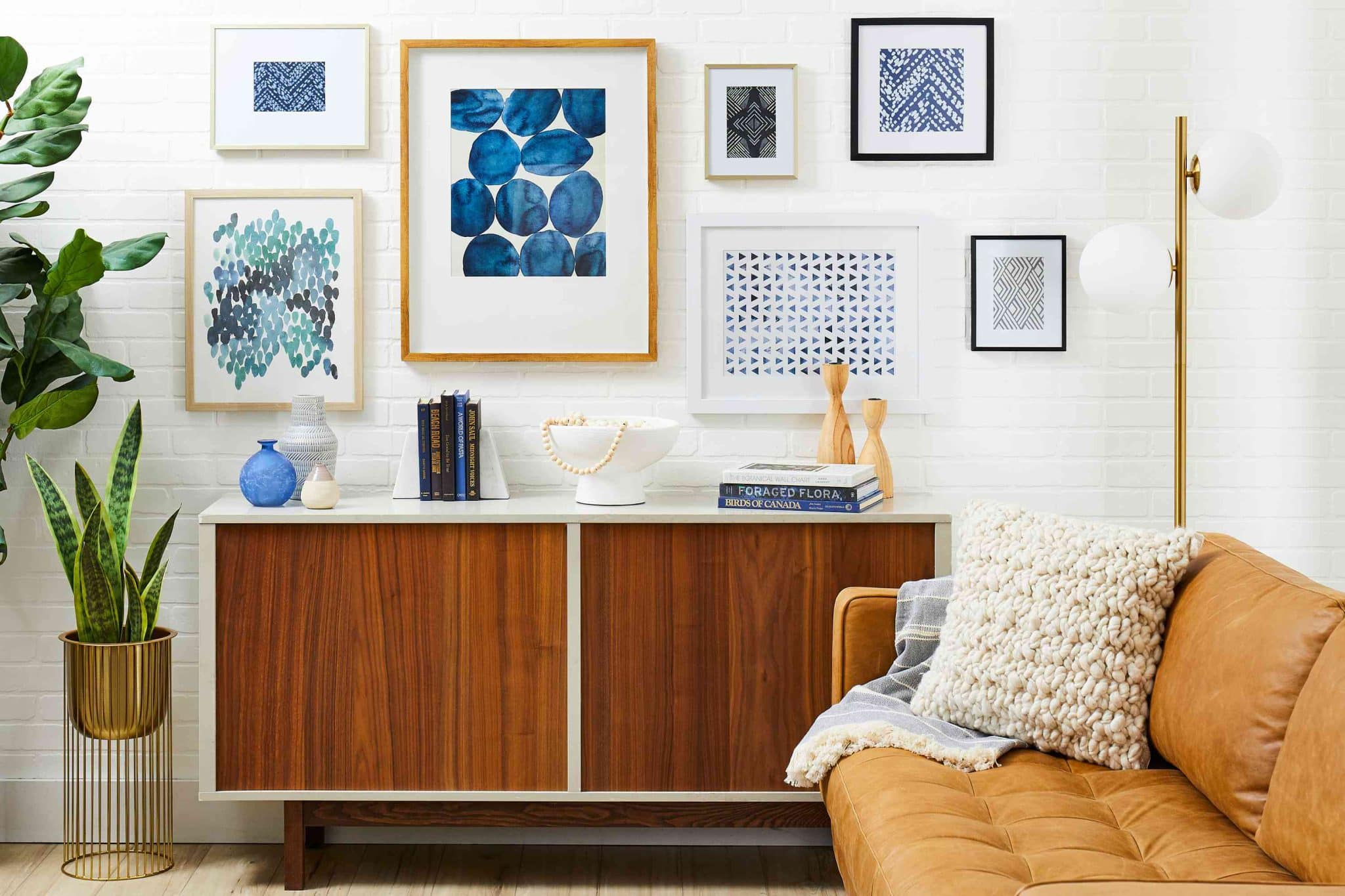 Minimalist Black and White Frame
Minimalist Black and White Frame

